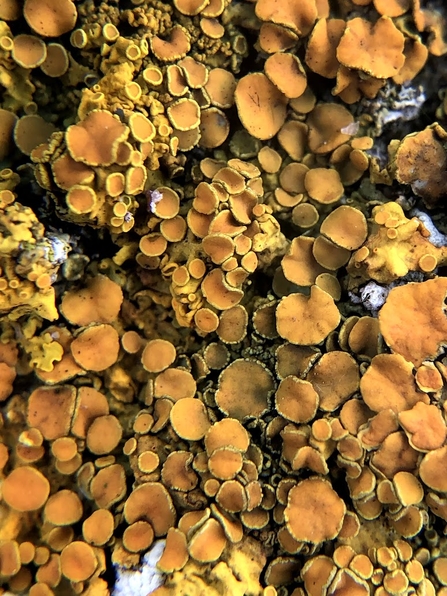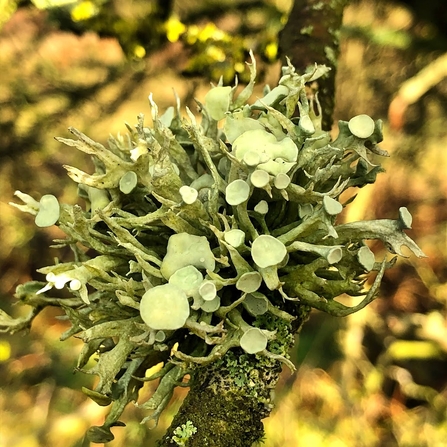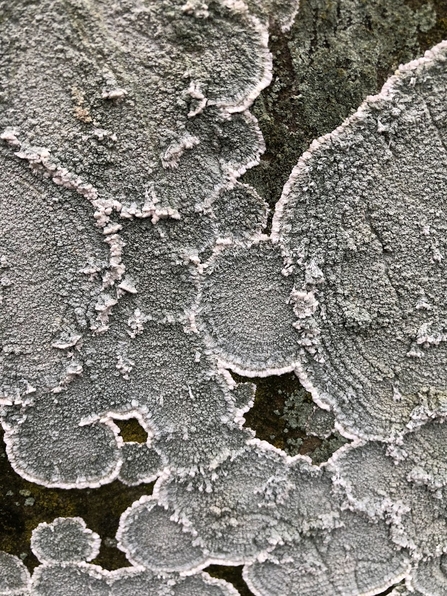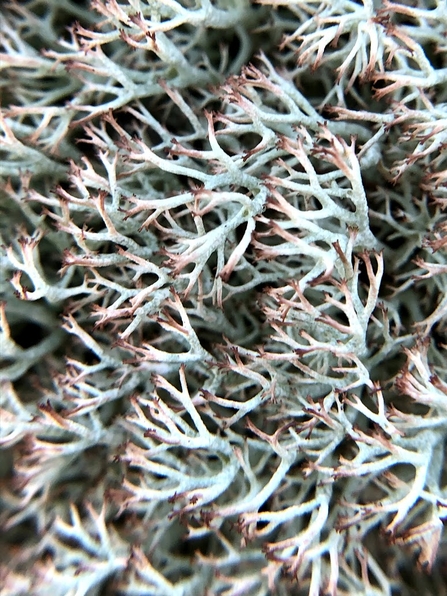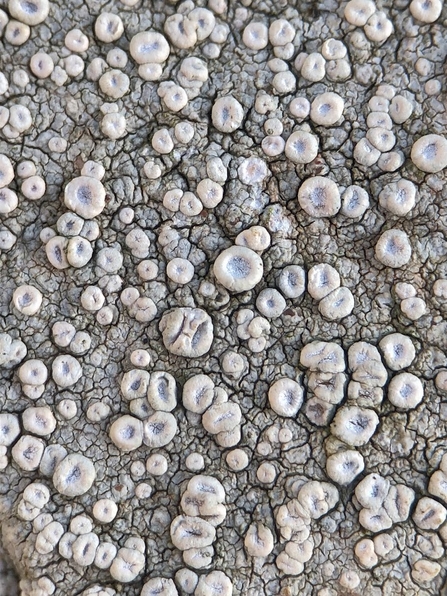Ever wondered what all those crinkly, leathery and sometimes hairy bits that cling to trees are? It’s not a moss or a fungi, it’s lichen!
Lichens are neither a plant nor an animal, they’re actually made up of a combination of several different organisms – a fungus, an algae, and/or a cyanobacteria (photosynthetic bacteria). Together they exist in a mutually beneficial relationship called symbiosis. How lovely!
In this partnership, the fungus provides shelter whilst the algae/and or cyanobacteria create ‘food’ via photosynthesis. There’s been a bit of a debate amongst naturalists and scientists over just how mutual these partnerships are – understandable with such a huge variety of couplings out there – but generally speaking, they make an excellent team.
Identifying lichens can be a tricky business that takes a bit of patience – form, colour, size and even taste can be important factors, and sometimes investigation under a microscope is needed to get a super precise ID. Some lichens even glow beautiful colours under UV light, how cool is that?
With around 580 species found in Norfolk (so far…), venturing into the world of lichen can seem a bit daunting, but with the help of our county recorder Robert Yaxley, we’ve compiled 5 relatively common Norfolk species with some top tips on how to find them.
Typical lichen habitats:
Lichen communities can be found in a wide variety of habitats, and sometimes in surprising places! Trees and walls are good places to start looking, but any exposed hard surface is likely to develop a few species of lichen eventually. Fence posts, wooden sheds, stabilised coastal shingle, park benches, heathland and even old vehicles can support really interesting lichen communities.
Churchyards are also a really good place to find lichens, especially if they have a lot of sunlight and different kinds of headstones. Lichens obtain minor amounts of minerals from the surfaces they grow on and the subtle chemistry of these surfaces can therefore have a strong influence on where they grow. Up to 50 species in a single churchyard is not unusual.
5 common Norfolk species:


